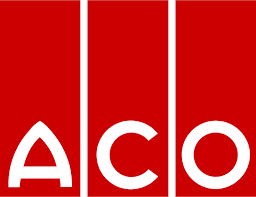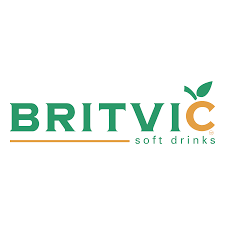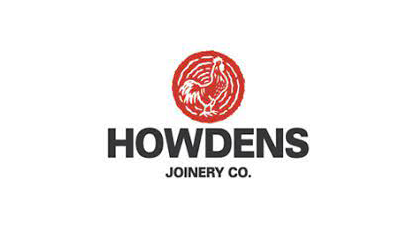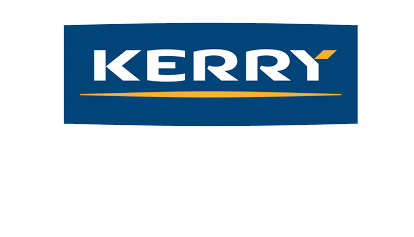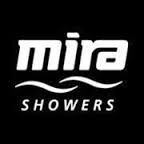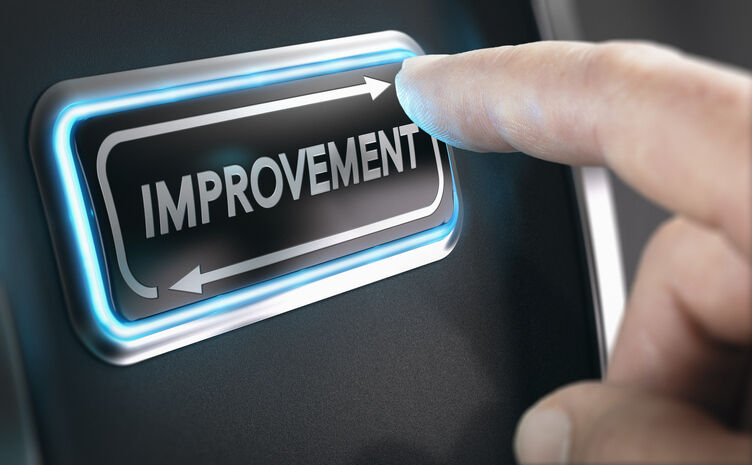
- Details
- Category: Blog
When Paul Akers applied Lean Thinking to his business he removed a lot of waste, simplified processes and saw the business grow steadily but he noticed that he had become the sole driving force behind the improvement process. As long as he was around to initiate ideas or to lead brainstorming sessions or Kaizen they would see progress.
This wasn't what he had seen in exemplar organisations. Those organisations had built a proactive culture where people embrace continuous improvement as part of the routine.
To cut a long story short, he found that two fundamentals were essential to recreate the proactive improvement culture that industry leaders like Toyota had achieved.
The first of these is creating the opportunity for all of the workforce to become engaged in improving their own daily routine to create an improvement pull. In his own words
"Lean improvement is really about removing those things that bug you. People can understand and identify with all the things in their lives that bug them and drive them crazy. Also, people enjoy being asked, “What bugs you?” The shy ones might not offer anything at first, but I guarantee you they will start thinking about it and before long they will be just as engaged in the process as you."
The second fundamental is to set (and support) clear expectations. Again, in his own words:
I said to my people, “Just give me a single 2 second improvement a day. That’s it. That’s all I ask for. A 2 second improvement.”
Now I have the most dedicated, fun-loving employees any business owner could hope for."
The impact of expectations
The work of Rosenthal and Jacobsen (1968), among others, showed that teacher expectations have the biggest influence on student performance. This impacts on teacher behaviours when working with students such that positive expectations influence performance positively, and negative expectations influence performance negatively.
Our research shows that the same is true in industry, The expectations of leaders has an major impact on the pace and scope of improvement.
This truth is at the heart of Paul Akers success. Most achieve far more than the 2 seconds time saving per day. At the end of the year the daily improvement gains ratcheted up into higher levels of quality, cost and delivery performance that underpinned growth and resilience.
Creating a Proactive Improvement Culture: Case Study
Whereas Paul Akers was the owner of his company, The case study below is based on the experience of Tom Hughes, who had to gain the buy in of his peers and overcome resistance from those who saw no reason to change.
That included actions to develop leader understanding of the 90% people 10% improvement tools approach to gain their buy in to a new way of working. That involved action to:
- Assess current ways of working using practical projects to demonstrate how a daily improvement habit using simple improvement tools made the business more productive.
- Became role models for the application of improvement ideas .
- Apply 5S improvement principles to common areas.
- A timetabled weekly Leader Learning club working sessions to develop ideas, share lessons learned and align action plans. Through that they were able to communicate a consistent leadership message to the workforce.
- Daily front line working sessions to engage their curiosity about how to save time, share ideas and implement small improvement tasks.
That was supported by underpinning systems including audio visual equipment in meeting rooms to support daily improvement sessions, access to materials to support workplace organisation and create visual indicators, software to make it easy to share ideas and create/refine standard operating procedures.
Lessons for Leaders to Learn
In summary, the building blocks for creating an improvement pull are to:
- Align leadership outlook regarding the direction of improvement
- Set expectations.
- Equip Leaders with the capability and processes to support the introduction of improvement ideas by those doing the front line work as part of the daily routine.
How can DAK Academy Help
Our support plans are designed to support the development of a proactive improvement culture using bite sized practical 3 month/90 day improvement cycles to deliver improvement gains. These cover
A. Plan the Plan Diagnostic sessions to raise leadership understanding of gaps/barriers to progress and align outlooks about expectations, priorities and next steps.
B. Training and Mobilisation Workshops to identify the detailed trouble map and begin practical steps to deal with gaps and barriers to progress during the next 90 day improvement cycle.
C. Implementation Coaching and guidance to develop skills, lock in the gains and transfer lessons learned.
The content of support plans is defined to suit the needs of the improvement challenge, the current status of the organisation and capabilities of those involved. Below is an example of a DAK Academy support pan to deliver gains through workforce engagement using Lean and TPM toolsets.
A. Plan the Plan Diagnostic Session:
Performance Management Best Practice for Manufacturing Leaders
This short on line awareness workshop is designed to both raise awareness and assess current practices against benchmarks for the daily management best practices used by award winning and well respected organisations. These processes are at the heart of the capability to ratchet up performance through actions to simultaneously:
- Build shift/area team capabilities
- Develop insight and learning to underpin year on year improvement in effectiveness.
- Raise operational resilience and release time to proactively adapt to changes in new products, technology and statutory legislation
B. Training and Mobilisation Workshop
TPM Best Practice Leadership Workshop
Few of the problems which impact on improvement are resolved by purely technical actions. At the heart of the TPM improvement road map is a Leadership journey to systematically develop front line team and team leader capabilities.
This is a course designed to provide Operational Leaders with a "how to guide" to deliver year on year improvement in performance by engaging the workforce with steps to deliver zero breakdowns and progress towards no touch production.
Participants will:
- Learn how to systematically stabilise and ratchet up effectiveness as part of the daily management routine.
- Understand How to assess current practices and identify practical improvement actions.
- Know how to engage front line teams with systematic development of capabilities to deliver year on year improvement of asset effectiveness.
- Be able to develop a practical programme to deliver zero breakdowns and systematic improvement in operational effectiveness.
C. Implementation Coaching and Guidance
Implementing TPM Best Practice
Format: 2 hour training modules or 3-4 day training workshop
This course sets out how to implement TPM principles and techniques to build on existing good practices and release the full potential of your people, procedures and work processes.
Turn theory into practice during the workshop by applying theory to assets on the factory floor using a comprehensive workbook to identify practical improvement ideas for live production assets.
- Learn how to apply TPM principles and techniques to release the full potential of your people, plant and procedures.
- Understand the TPM road map to zero breakdowns and no touch production.
- Know how to engage those who use and look after equipment and processes with a common goal to improve effectiveness.
- Be able to convert the lessons learned into a bespoke TPM implementation programme for your organisation.
Improving Skill Development Skills
Format: 2 hour Training modules or 2 Day training workshop
The course content covers best practices for
- Role and task design
- Including the use of standards to accelerate learning
- Balancing team skill profiles
- Including issue response and resolution
- Asset and individual learning plans
- Training and compliance feedback
- Including methods improvement and standardisation
- Work instruction ownership and review.

